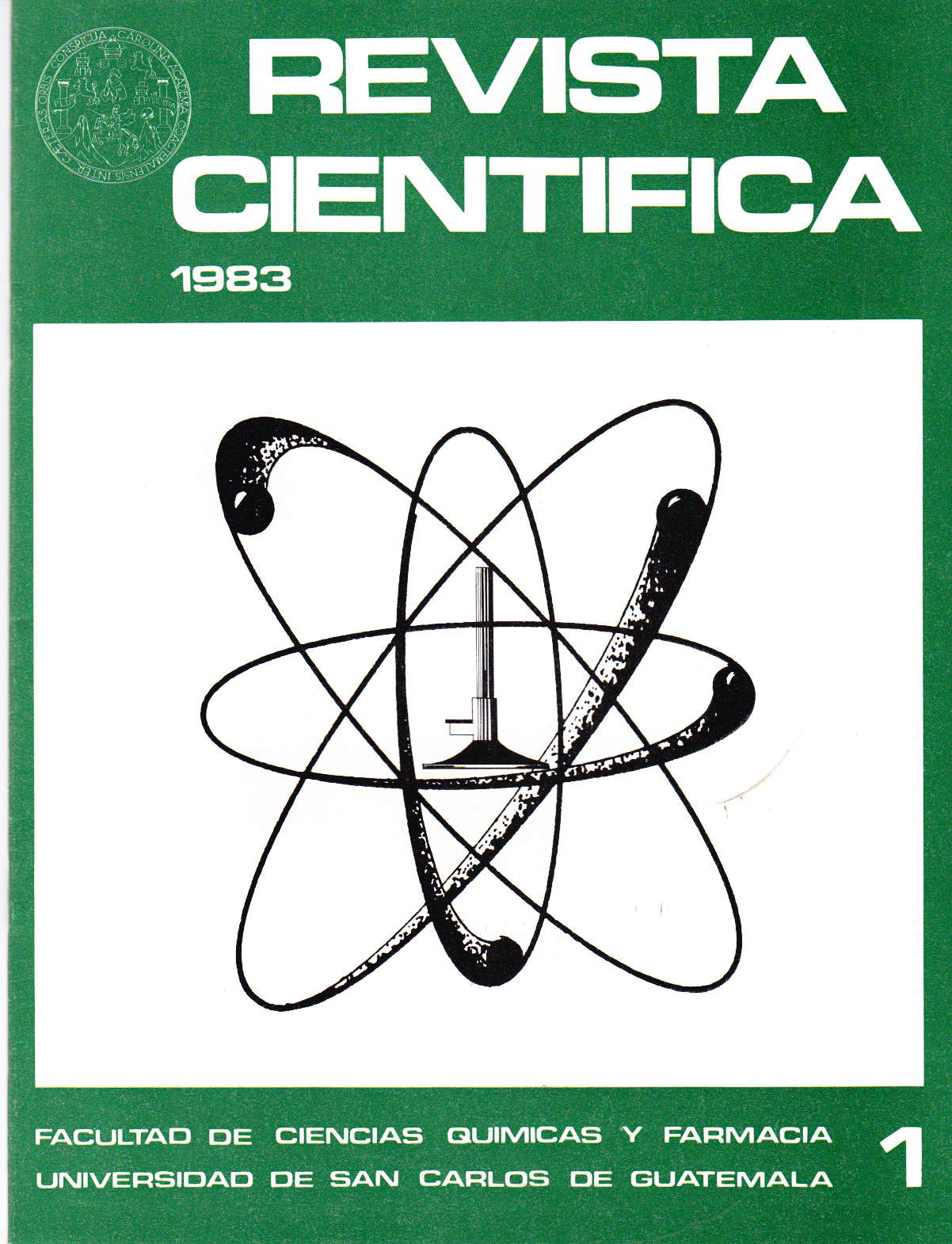Changes in serum lipid levels during contraceptive administration
DOI:
https://doi.org/10.54495/Rev.Cientifica.v1i1.482Keywords:
changes, serum lipid levels, contraceptive administrationAbstract
Due to the widespread use of estrogens and progestins as contraceptives and the numerous reports associating them with changes in lipid metabolism, the present study was conducted to determine the changes that three different contraceptives cause in the lipid and lipoprotein levels of women who use them as contraceptives. Serum lipids and lipoproteins were determined in 103 women undergoing different contraceptive methods. Thirty women who do not use oral or injected contraceptives were chosen as the normal reference population, and 73 women who have used them for a time interval ranging from 9 months to 9 years were chosen as the sample. The relative frequency of the concentration values (in mg/dl) obtained in the different determinations performed are higher for the samples than for the normal population. Statistical analysis for the Student t test of the populations allowed us to conclude that the results obtained are statistically significant at a confidence level of 0.05. Marked hypertriglyceridemia with decreased high-density lipoprotein (HDL) cholesterol fractions is observed, which is significant for the purposes of this study. It should be noted that long-acting contraceptives (trimester-monthly injections) cause an elevation in serum lipids as great as that of combined oral contraceptives and once-daily oral contraceptives. The degree of hyperlipidemia depends on the type of contraceptive used. Decreased HDL cholesterol levels and elevated low-density and very-low-density lipoproteins (LDL and VLDL) increase the risk of hypercholesterolemia and the tendency toward vascular disorders.
Downloads
References
Viel B. La crisis poblacional en América Latina. The Population Information Program. Doc. Tec. J. No. 18, 1978. 50 p. (p. 5-10).
Mishell D. Clínicas Obstétricas y Ginecológicas. México. Interamericana, 1976. 485 p.
Mears E. Anticoncepción Oral. México. Paz. 1976. 150 p.
Bizzi A., Tacconi AM. Experimental Studies on the Effects of Steroid Contraceptive Drugs on Lipid Metabolism. Chemical Abstract. 1978; 88:1836.
Voors AM et al. Smoking, oral contraceptives and serum lipid and lipoproteins levels in youth. Preventive Med., 1982; 11:1-12. https://doi.org/10.1016/0091-7435(82)90001-9 DOI: https://doi.org/10.1016/0091-7435(82)90001-9
Gordon R., Kanner WB., Castelli ,WP. Dawber TR. Lipoproteinn cardiovascular disease and death. Arch. Inter. Med. 1981; 141:1128-1131. https://doi.org/10.1001/archinte.1981.00340090024008 DOI: https://doi.org/10.1001/archinte.1981.00340090024008
Angelin B. Cholesterol and bile acid metabolism in normo and hiperlipoproteinemia. Acta Med. Scad. Suppl., 1977; 610. 40 p.
Griten H., Lange M. Oral contraceptives effects on blood lipids. Chemical abstraéis. 1980; 72:9675-9680.
Wynn V., Duar JWH. Fasting serum triglyceride cholesterol and lipoprotein levels during oral contraceptive therapy. Clinical Abstracts. 1978;88:1841-1850.
Henry JR., Cannon DC., Winkerlman JA. eds. Clinical Chemistry: Principies and technics. New York: Harper & Row., 1974. 129 p.
Vurstein M., Samadle J., La Presse Medícale. 1958, 43:974.
Friedawal WT., Levy RL., Frederickson D.S. Estimation of the concentration of low density lipoprotein cholesterol in plasma. Without use of the preparativa ultra centrifuga. Clin. Chem. 1972, 18:499. https://doi.org/10.1093/clinchem/18.6.499 DOI: https://doi.org/10.1093/clinchem/18.6.499
Boehringer Mannheim GmbH ed. Actualidades diagnósticas. Rep. Fed. Alemania: Boehringer Mannheim. Doc. Tec. No. 6.1980. 6 p.
Downloads
Published
How to Cite
Issue
Section
License
Copyright (c) 1983 Alma Marina Dávila, Alba Marina Valdés de García

This work is licensed under a Creative Commons Attribution 4.0 International License.
Authors who publish with this journal agree to the following terms:
- Authors retain copyright and grant the journal right of first publication with the work simultaneously licensed under a Creative Commons Attribution License 4.0 that allows others to share the work with an acknowledgement of the work's authorship and initial publication in this journal.
- Authors are able to enter into separate, additional contractual arrangements for the non-exclusive distribution of the journal's published version of the work (e.g., post it to an institutional repository or publish it in a book), with an acknowledgement of its initial publication in this journal.
- Authors are permitted and encouraged to post their work online (e.g., in institutional repositories or on their website) prior to and during the submission process, as it can lead to productive exchanges, as well as earlier and greater citation of published work.









